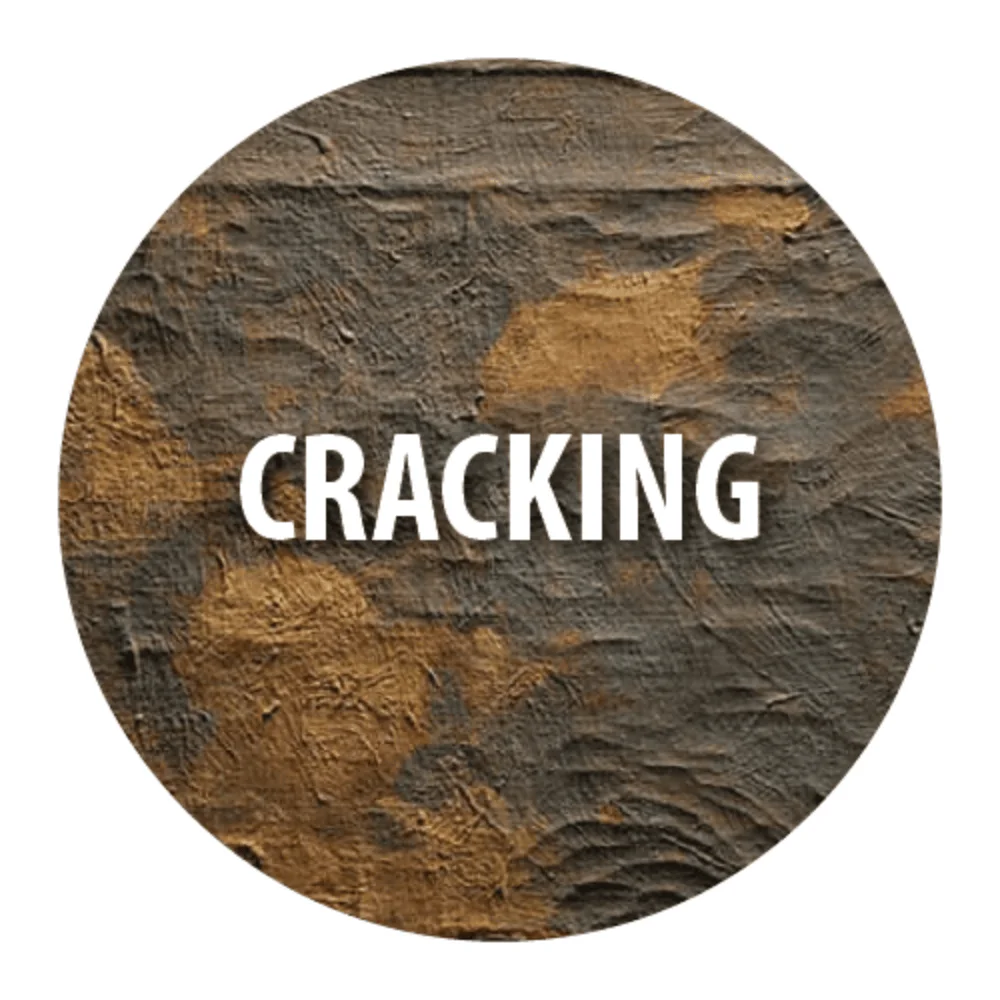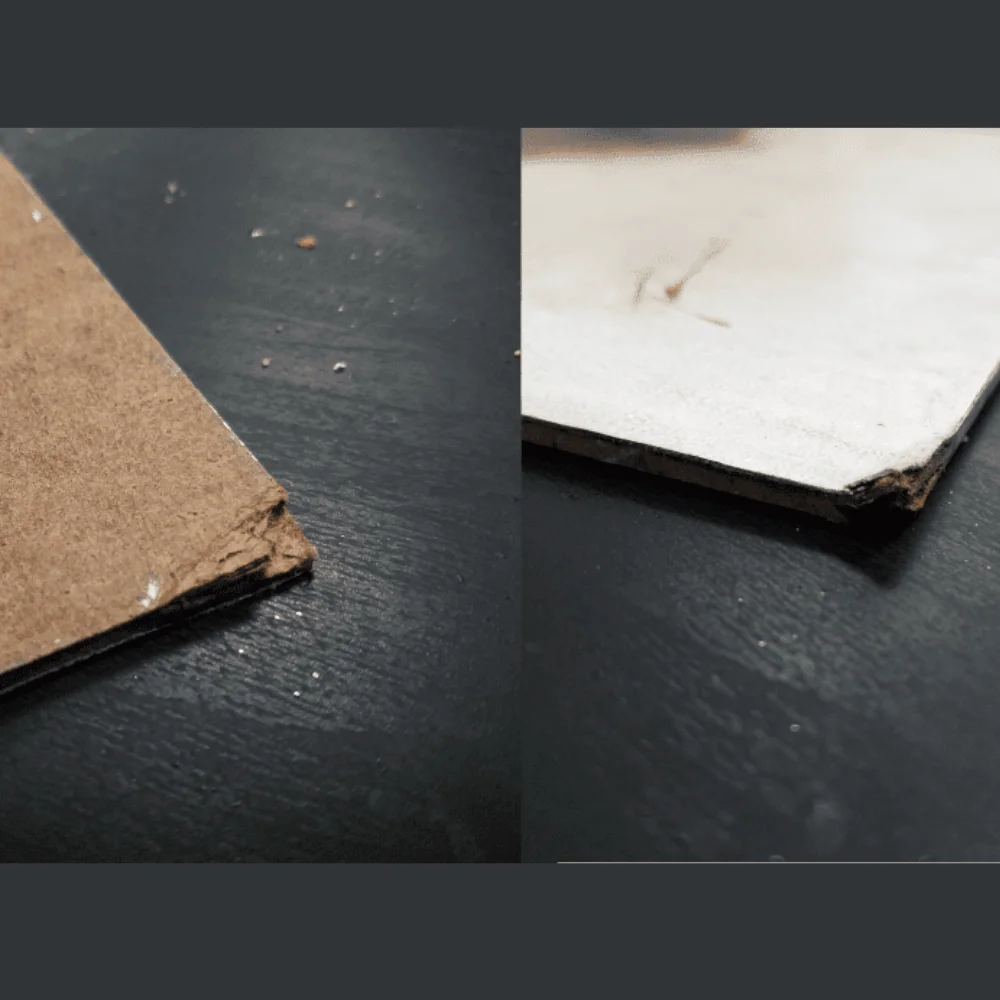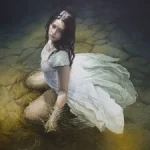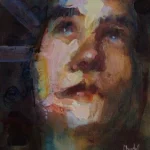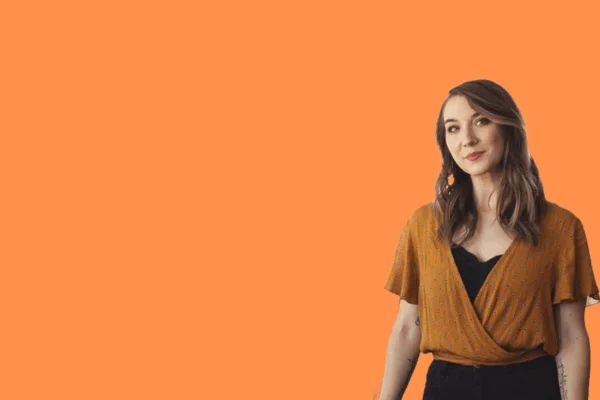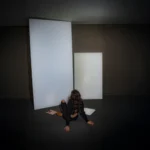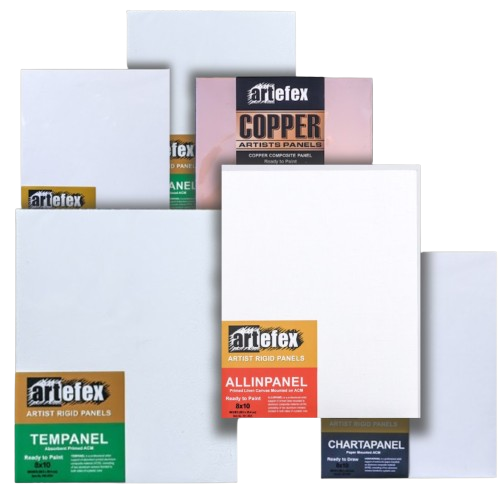Top searches:
Popular Panels
-
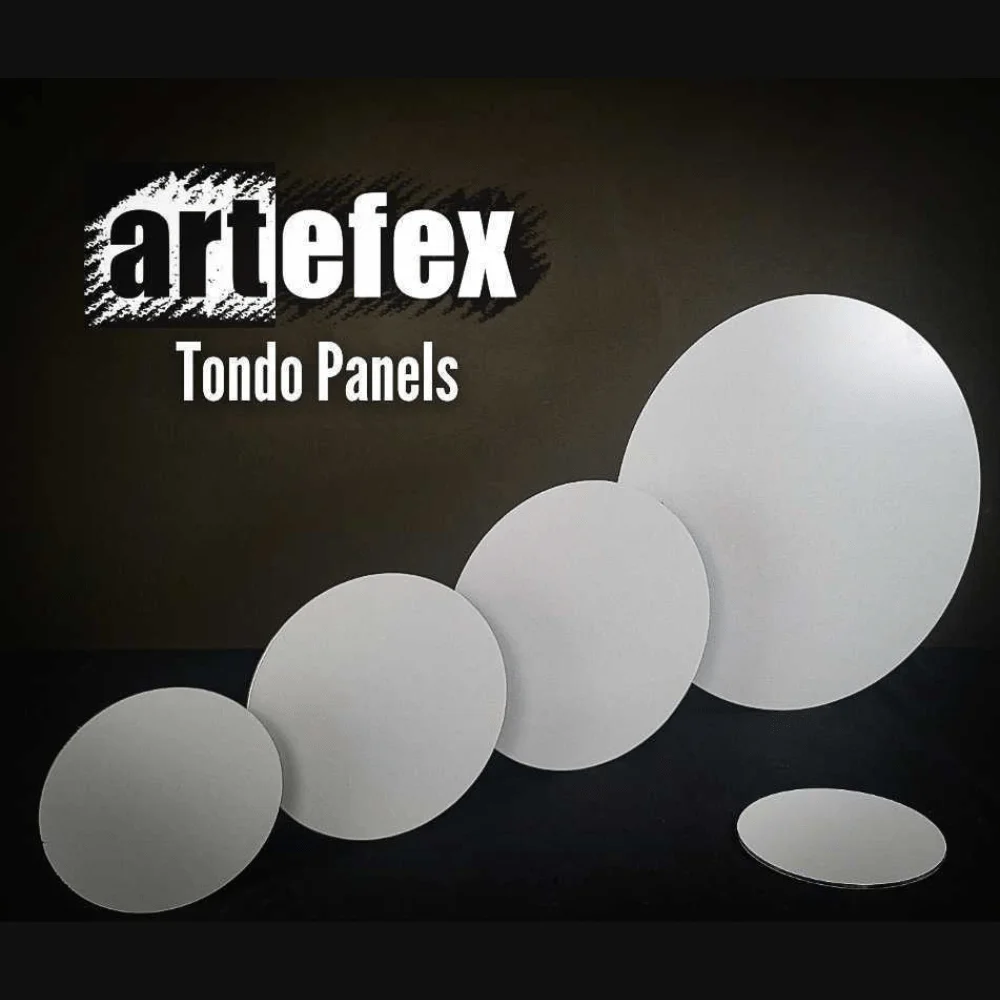 Circular Panels / Rounded Panels
Rated 5 out of 5$8.00 – $103.00Price range: $8.00 through $103.00
Circular Panels / Rounded Panels
Rated 5 out of 5$8.00 – $103.00Price range: $8.00 through $103.00 -
 Allinpanel™ Lead Primed Linen
Rated 5.00 out of 5$14.00 – $315.00Price range: $14.00 through $315.00
Allinpanel™ Lead Primed Linen
Rated 5.00 out of 5$14.00 – $315.00Price range: $14.00 through $315.00 -
 Artefex Oil-Primed Art Panel - Oleopanel (Lead Oil)
Rated 5.00 out of 5$8.00 – $226.00Price range: $8.00 through $226.00
Artefex Oil-Primed Art Panel - Oleopanel (Lead Oil)
Rated 5.00 out of 5$8.00 – $226.00Price range: $8.00 through $226.00
Artists favorate Panels
-
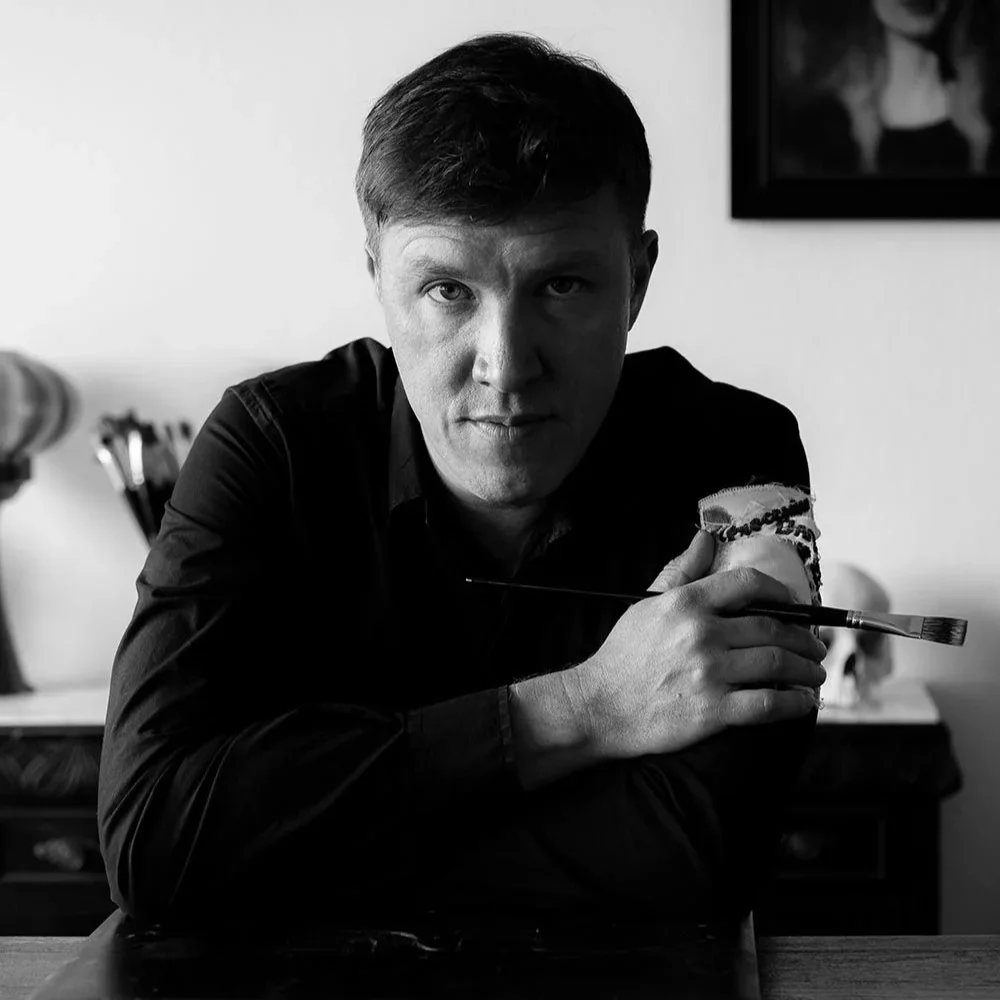 Arthur Gain Art Panels
Arthur Gain Art Panels
$180.00Original price was: $180.00.$120.00Current price is: $120.00. -
 Christopher Remmers Workshop Panels
$150.00 – $275.00Price range: $150.00 through $275.00
Christopher Remmers Workshop Panels
$150.00 – $275.00Price range: $150.00 through $275.00
-
 Tony Ryder Class Panels
$25.00 – $192.00Price range: $25.00 through $192.00
Tony Ryder Class Panels
$25.00 – $192.00Price range: $25.00 through $192.00
Panel of the week!
-
 530 Medium - Allinpanel Primed Acrylic Art Panels | 16x20" | 3mm | Panel of the Week
530 Medium - Allinpanel Primed Acrylic Art Panels | 16x20" | 3mm | Panel of the Week
$110.00Original price was: $110.00.$77.00Current price is: $77.00. -
 411 - Oil-Primed Art Panel – Oleopanel (Lead Oil) | 16x20 | 3mm | Panel of The Week
$59.50 – $178.50Price range: $59.50 through $178.50
411 - Oil-Primed Art Panel – Oleopanel (Lead Oil) | 16x20 | 3mm | Panel of The Week
$59.50 – $178.50Price range: $59.50 through $178.50
-
 533 - Allinpanel Lead Primed Linen | 18x24" | 3mm | Panel of the Week
$112.00 – $336.00Price range: $112.00 through $336.00
533 - Allinpanel Lead Primed Linen | 18x24" | 3mm | Panel of the Week
$112.00 – $336.00Price range: $112.00 through $336.00






